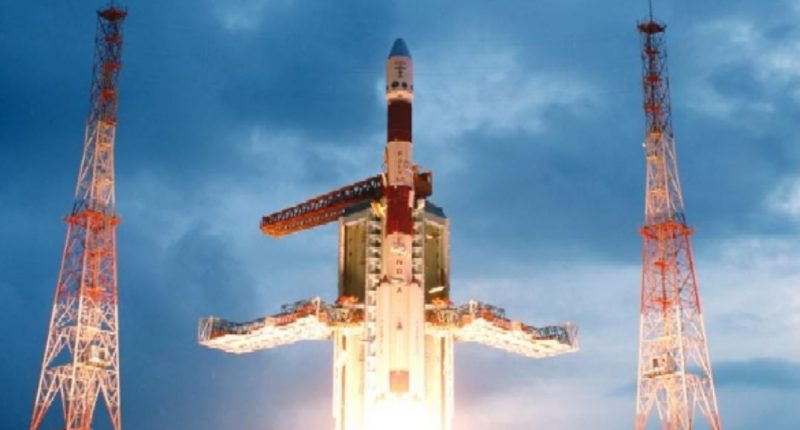India’s first-ever lunar orbiter, Chandrayaan 1, has sent images that indicate rusting along the poles of the Moon. The mission used data from the NASA instruments onboard suggesting the presence of oxidized iron mineral hematite in the higher altitude area near the poles.
Scientists at the University of Hawaii and NASA believe that this could be happening due to the Earth’s atmosphere itself. They say the rust might have formed with the help of oxygen blown from the Earth’s atmosphere by Solar winds in the last several billion years.
The discovery could be crucial to mankind’s plans of setting up permanent bases at Moon. Oxygen is essential to the formation of rust, and this discovery thus indicates extremely minute levels of possible oxygen presence. Rust is formed when iron and oxygen react together. The moon’s atmosphere does not have oxygen, which makes this discovery very peculiar. Moreover, the presence of Hydrogen in Solar winds which reacts opposite to oxidation, makes the presence of hematite on the Moon’s surface even more strange.
Jitendra Singh, Minister of State for the Department of Space, said “The sign of this finding is that even though the surface of the Moon is known to have iron-rich rocks, it is not known for the presence of water and oxygen, which are the two elements needed to interact with iron to create rust”.
He added, “The Chandrayaan-1 Moon data indicates that the Moon’s poles are home to water, this is what the scientists are trying to decipher”.
India’s Chandrayaan-1 moon mission was launched over a decade ago in 2008, and has been a milestone for the entire space fraternity, ever since its launch. To start with, the moon orbiter was the first to confirm the presence of water on moon, a discovery that is considered among one of the biggest in mankind’s interstellar history.





